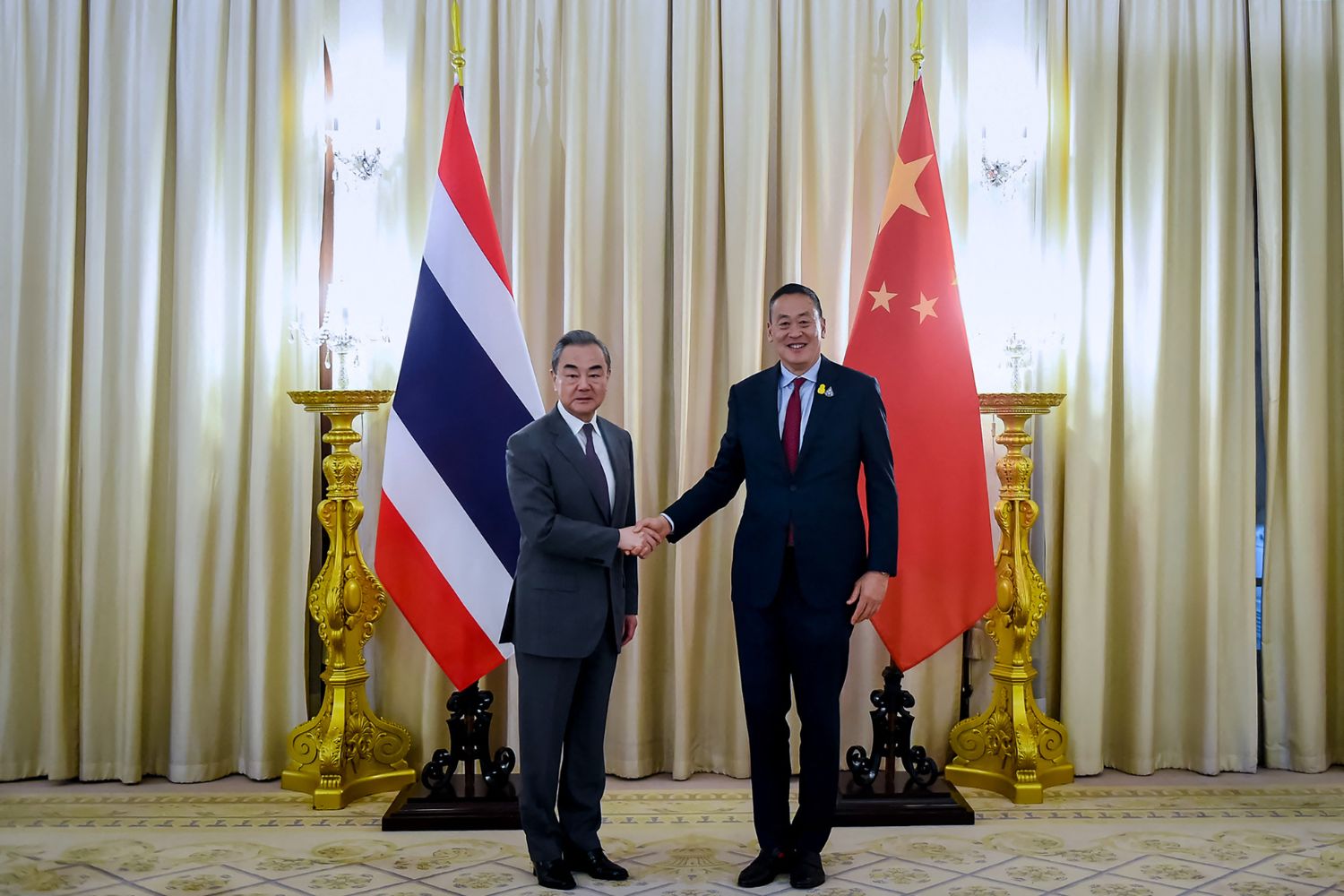The Russian Ambassador to China, Igor Morgulov, announced at the 12th World Peace Forum (WPF) in Beijing that the BRICS bloc is making significant progress in conducting transactions in national currencies, aiming to decrease reliance on the US dollar. The bloc has been actively working towards creating a financial system independent of third-party dominance.
Morgulov highlighted the increasing volume of transactions in national currencies amongst BRICS nations. He pointed out that Russia-China trade turnover had reached $240 billion, with 92% of settlements conducted in rubles and yuans. The ambassador said that the block is making progress in leaving the dollar-dominated space and developing the mechanism and tools for a truly independent financial system.
Morgulov acknowledged that introducing a new single currency for BRICS is still going to take time but emphasised that the bloc is moving in that direction. Last month, Russia’s Deputy Finance Minister Ivan Chebeskov mentioned that Russia is collaborating with BRICS member states’ central banks to create a settlement-and-payment infrastructure. This includes the development of the BRICS Bridge platform, which facilitates settlements in national currencies.
Russian Finance Minister Anton Siluanov also noted that the BRICS Bridge could allow member states to make settlements using digital assets of central banks linked to their national currencies. Additionally, Russia has been promoting its domestic payment system, SPFS, as a reliable alternative to SWIFT. This system ensures secure financial message transfers between banks within and outside Russia, particularly after many of the country’s financial institutions were cut off from the Western financial network in 2022.
Moscow has accelerated efforts to move away from SWIFT by trading with international partners using their respective national currencies. This trend is increasingly supported by BRICS members, who have significantly reduced their use of the dollar and euro for trade settlements. By the end of 2023, the share of national currencies in Russia’s settlements with BRICS countries had jumped to 85%, up from 26% two years ago.
The dominance of the US dollar in global finance has long been a cornerstone of the international economic system. However, the BRICS nations have been exploring alternatives to reduce their reliance on the dollar and enhance their financial independence. This effort includes the potential development of a unified BRICS currency. Understanding the dynamics of this shift requires an examination of the current role of the dollar, the motivations behind seeking alternatives, and the potential implications of a BRICS currency.
ALSO READ: The Potential and Hurdles of a BRICS Currency: Exploring Benefits and Challenges
Reducing dependence on the US dollar enhances economic autonomy for BRICS nations, allowing them to implement policies without the influence of US monetary decisions. An independent financial system is also likely to shield member countries from economic sanctions imposed by Western powers, as seen in Iran’s and Russia’s recent experience. Using these national currencies for trade reduces transaction costs and exchange rate risks, making economic exchanges more efficient. Diversifying away from the dollar contributes to a more balanced and multipolar global economic system, reducing the dominance of any single currency.
However on the other hand, this can pose some challenges. BRICS nations have diverse economic structures and growth rates, which could complicate the creation and management of a unified currency. Achieving consensus on financial policies and the introduction of a new currency requires significant political cooperation, which can be challenging. Developing the necessary financial infrastructure, such as payment systems and regulatory frameworks, to support a new currency is a complex and resource-intensive process.
Convincing global markets to accept and trust a new currency as a stable and reliable medium of exchange and store of value can be difficult and time-consuming. The US dollar has maintained a strong hold over the global economy for decades, functioning as the primary reserve currency and a central medium for international trade and investment. Its dominance is supported by the extensive use of the dollar in global financial markets, widespread trust in the stability of the US economy, and the entrenched role of American financial institutions in international transactions.
This pervasive influence means that any shift away from dollar dependence will be gradual and complex, potentially taking decades, if not centuries, to materialise. The dollar’s deep-rooted position is reinforced by the vast network of financial agreements, dollar-denominated assets, and trading systems, making a rapid decline improbable. Even as alternative currencies and financial systems gain traction, the transition will require significant geopolitical shifts, infrastructure development, and global market acceptance, ensuring the dollar’s stronghold remains for the foreseeable future.
The BRICS nations’ move towards financial independence by reducing reliance on the US dollar and exploring the potential for a new single currency represents a significant shift in the global economic landscape. While the journey towards a unified BRICS currency is fraught with challenges, the potential benefits for economic sovereignty, protection from sanctions, and a more balanced global economy make it a compelling goal. As BRICS countries are adamant in developing profound transformation in global financial dynamics.
ALSO READ: Saudi Arabia joins BIS and China-led central bank digital currency project













